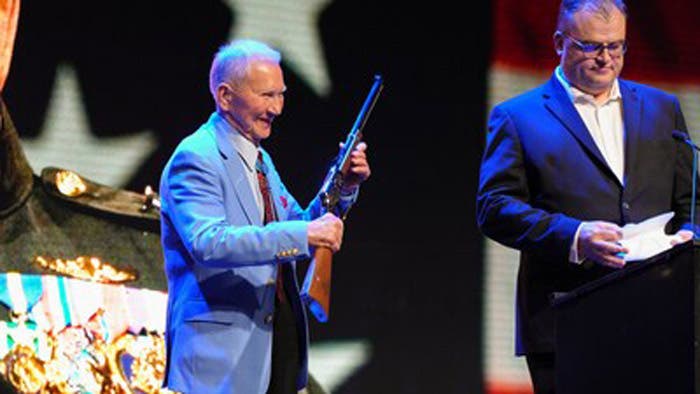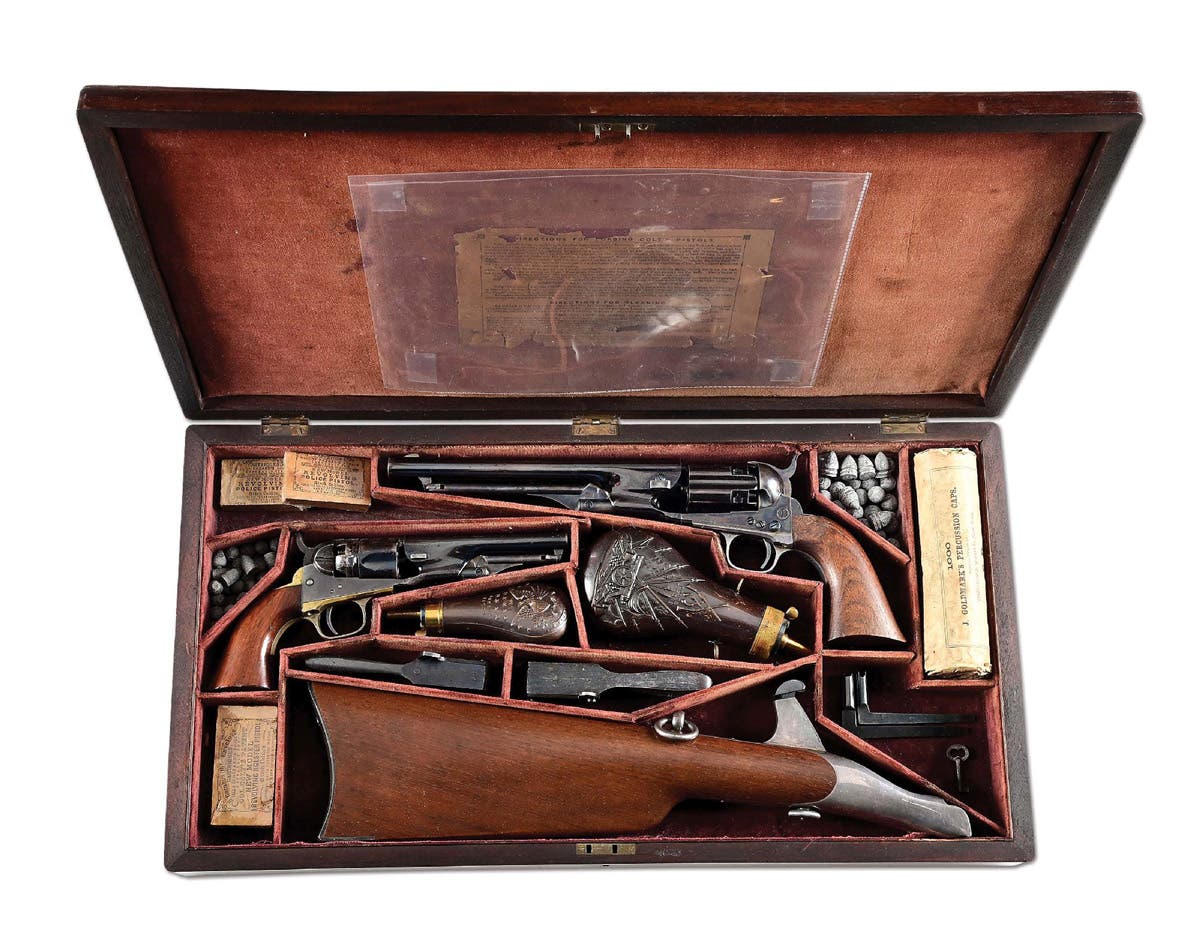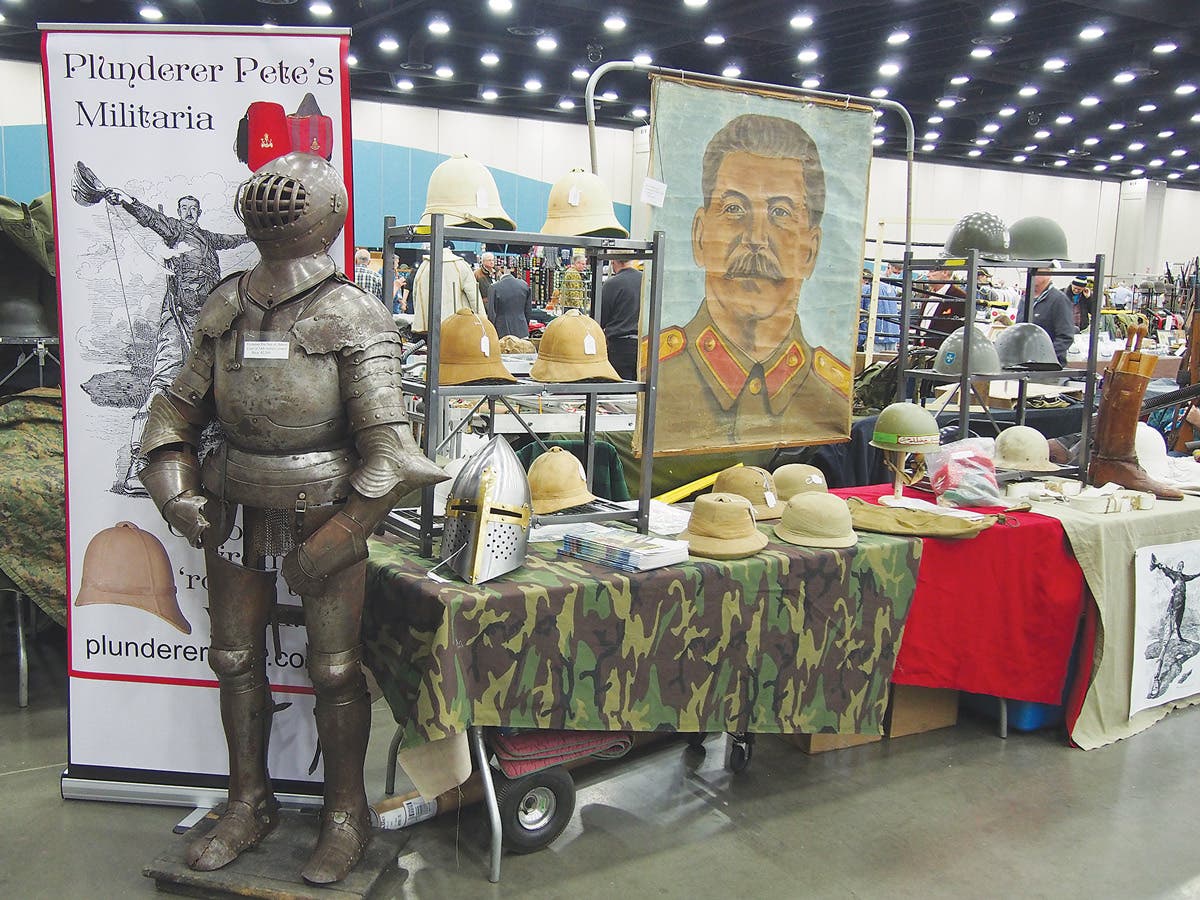1935 ‘Party Day’ Momentoes
During the late 1930s through the end of WWII, an incredible multitude of Germans gathered in Nuremberg once a year to celebrate ‘Party Day’
By CLEMENT V. KELLY
During the late 1930s through the end of WWII, an incredible multitude of Germans gathered in Nuremberg once a year. Lasting a full week, this manifestation of Nazi omnipotence dwarfed even the celebration of another Nazi “holy day” — April 20 — Hitler’s birthday.
In 1935, the Party Day of Freedom, which ran from Sept. 10-16, bore a name that was a masterpiece of hypocrisy. The heinous Nuremberg Laws that regulated the status of Jews in Germany, depriving them of their German citizenship and the protection of the law, were proclaimed on the final day of the meeting. The Law for the Protection of German Blood and German Honor stated that marriage between Jews and German citizens (the Jews were no longer German citizens) was prohibited and any such marriages that had taken place were null and void. In addition, Hitler announced to the German nation the swastika would, from that day forward, be the official government symbol.
1935 Party Day badge, the only Party Day badge to depict Hitler.
The year 1935 had been a good year for Hitler. He unilaterally abrogated the Treaty of Versailles. In March, he welcomed back to Germany the people of the Saar who voted overwhelmingly to return to Germany (over 90 percent) for reunion to Germany.
His greatest achievement was the ratification of the Anglo-German Naval Treaty, by which Great Britain agreed that Germany could build a submarine force equal to 60 percent of the Royal Navy’s submarines. This document effectively annulled the clause in the Treaty of Versailles which prohibited the Germans from having submarines.
Luftwaffe fighters form a swastika over the 1935 rally.
With everything going his way, Hitler took advantage of the final day, Tag der Wehrmacht (“the Day of the Armed Forces”) for the first public display of the new mechanized German Army featuring tanks (that were also prohibited by Versailles), armored cars, infantry carried in half-tracked armored vehicles towing cannon and a fly-by of Luftwaffe fighters forming an aerial swastika.
Following the usual practice, a special Party Day badge was designed and sold. On the front of the badge, below a large eagle and swastika, the badge depicted the face of Hitler (the only Party Day badge to do so) between the heads of an S.A. man and a helmeted soldier, looking away from each other. This was an appropriate, albeit, unintended comment as the Army and S.A. loathed each other.
The 1935 Party Day cloth patch was sold for sewing onto pennants and jackets. (All photos by Ron Leveranez Doughboy Military, Springfield, MO)
The bottom of the badge reads, “REICHSPARTEITAG 1935”. The badge was pin-backed, with a diameter of 40mm. It was made of iron with a gold wash finish. A large cloth patch, 90mm in diameter, woven in several colors in the design of the 1935 Party Day badge exists.
All kinds of items were for sale as souvenirs of the meeting: postcards with appropriate cancellations, plates, pennants, beer steins, wall and desk plaques, beer glasses, just about anything imaginable, with each item having to be approved by the Nazi Party. One of the most expensive and impressive souvenirs of the gathering was a large book, about 9 x 11-1/2 inches and 1 inch thick. It was printed on a good grade of slick paper and filled with excellent photos of the rally and medieval city of Nuremberg. The dust jacket, usually missing, reads, Reichstagung in Nurnberg 1935 (“Reichs Day Session in Nuremberg 1935”) and Parteitag der Freiheit (“The Party Day of Freedom”). The book’s blue cover bears a representation of the Party Day badge, embossed in gold. These books are often found at reasonable prices.
These books are indisputable visual evidence of the German people’s enthusiasm for Hitler.
The dust jacket of the 1935 Party Day book is much rarer than the book itself.





